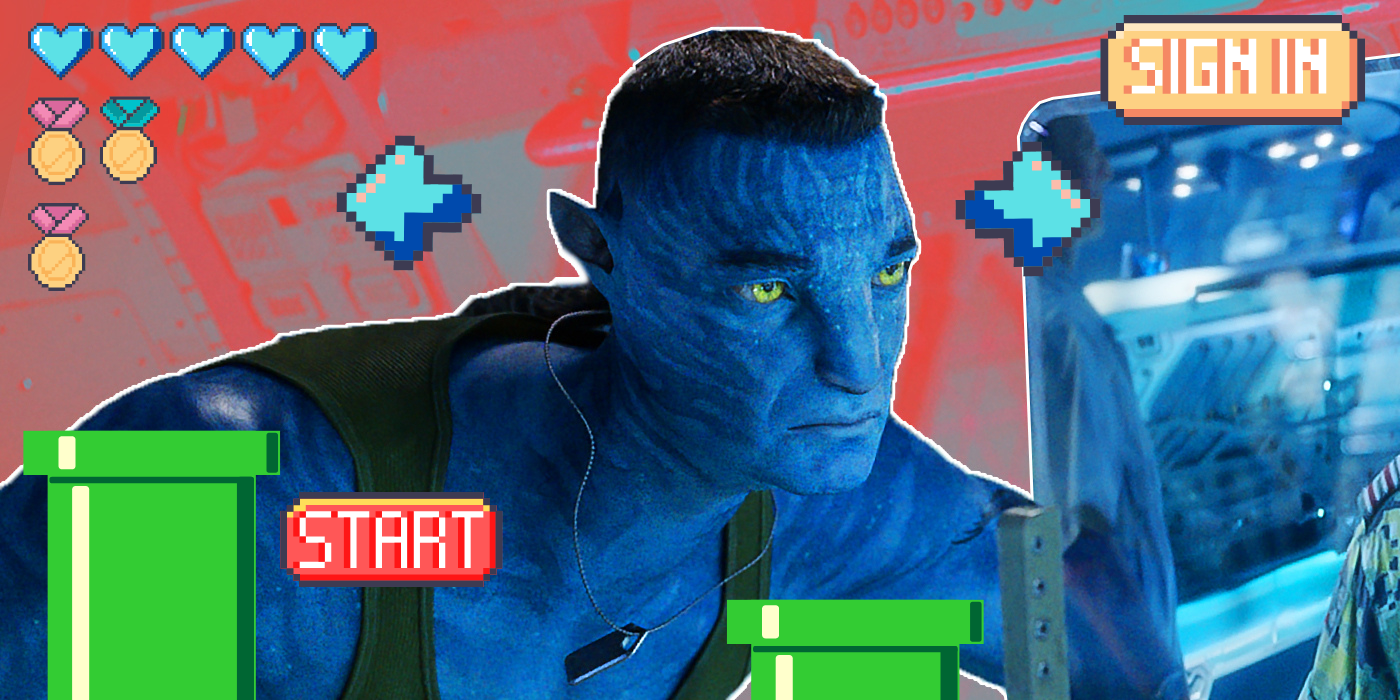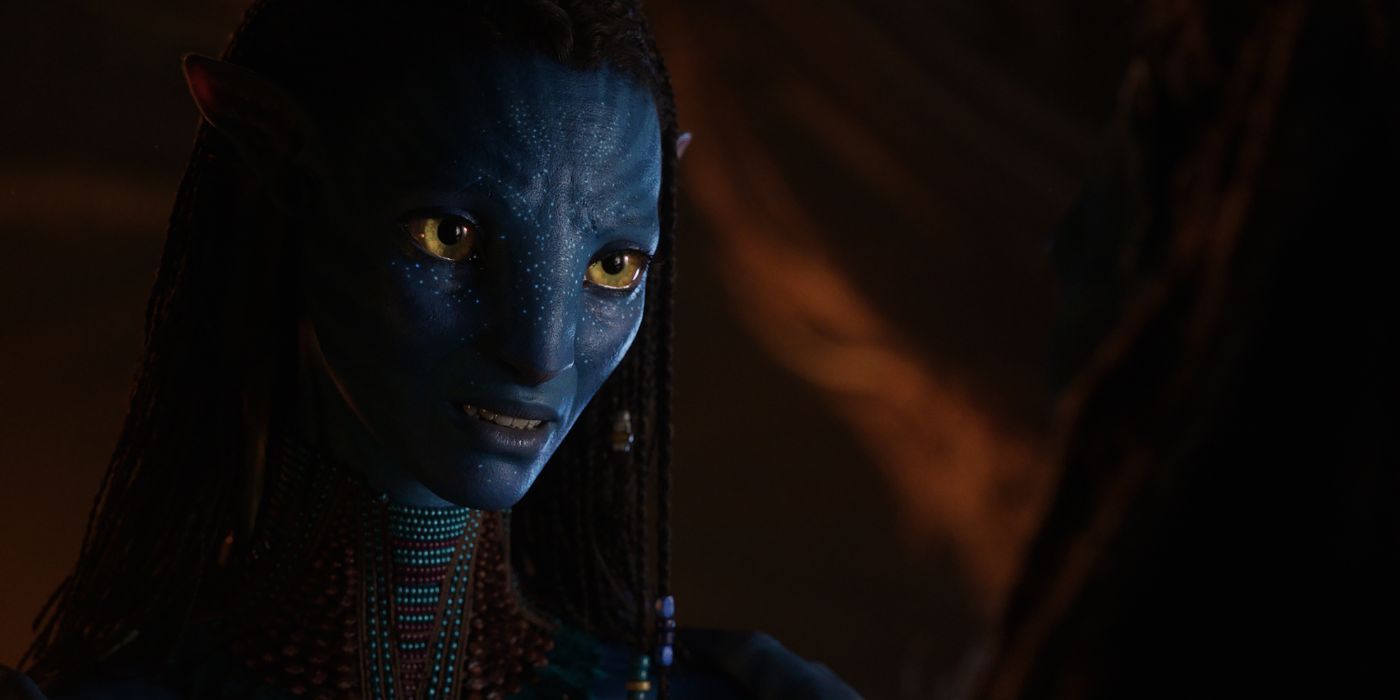James Cameron’s commitment to technological advancements is part of the reason why Avatar became the highest-grossing movie of all time when it came out in 2009. While we can criticize some story beats, there’s no arguing Avatar was, by then, the most beautiful film ever made, with a 3D so well-polished that we felt like we were strolling in Pandora itself. Avatar still holds strong thirteen years later, as the recent 4K release of the original movie tells us.
Despite Avatar’s success, Avatar: The Way of Water has already surpassed the original in every way except box office numbers. The sequel has a better story, stronger character, and above all, improved image quality. Even so, the novelty of The Way of Water has made some fans accuse Cameron’s sequel of looking like a videogame. These fans are right in the comparison, but looking like a videogame doesn’t hurt The Way of Water at all.
‘Avatar 2’s High Frame Rate Controversy
Avatar: The Way of Water is the first installment of Cameron’s sci-fi universe to use High Frame Rate technology, also known as HFR. Since the inception of movie theaters, theatrical releases have been shot and distributed with 24 frames per second. That means we see 24 images in just one second every time we watch a movie. That’s the minimal amount of structures needed to create the illusion of fluid movement and has been conventionally used in filmmaking for more than a century now. As a result, the 24 frames per second rule also helps define theatrical projections' specific looks.
Part of the reason why films feel different from internet videos is that the latter can reach 30 and even 60 frames per second. And when it comes to gaming, we are at a moment where 60 frames per second is always a rule, while some platforms can go beyond 120 frames per second. In practical terms, more frames per second mean we see more images, making the movement more fluid and allowing us to perceive more details in a scene. That’s why Cameron chose to use HFR for Avatar: The Way of Water, shooting the film at 48 frames per second. The number allows action scenes to become smoother, while calmer scenes double each frame to mimic the old 24 frames per second rule.
While it’s easy to understand why Cameron chose to use HFR technology in Avatar: The Way of Water, this creative choice is bound to disturb some viewers. While it’s true the change from 24 to 48 frames per second might sometimes be distracting, there’s nothing inherently wrong with projecting a film at a higher frame rate. Yes, some scenes of Avatar: The Way of Water seem to be videogame cutscenes, but there’s nothing wrong with it. Gaming has been pushing the limits of technology for decades now. Even simple smartphones allow viewers to watch videos at high frame rates. So, we are more used to higher frame rates than ever before. And if the technology can help make masterful set pieces like the ones in Avatar: The Way of Water smoother, we should be open to the change instead of demonizing HFR for the sake of tradition.
The Gaming World Has Changed Since 2009
Another reason why people compare Avatar: The Way of Water to video games might be related to the changes in the video game industry. In the last thirteen years, AAA studios have been heavily investing in creating ultrarealistic graphics. That also means using mo-caps more widely, with flesh-and-bone actors taking the role of video game characters. We’ve seen stars crossing from Hollywood into gaming with Cyberpunk and Death Stranding, while new celebrities are born thanks to their work in games such as Horizon Zero Dawn and Hellblade: Senua’s Sacrifice. The part performers play in video game development has grown so much in the last years that the biggest award in the industry, The Game Awards, has even included a specific trophy to celebrate these artists.
Since Avatar: The Way of Water is fully digital, the development process of the movie is not so different from game development. Cameron hired actors, had them playing scenes with mo-cap suits, recreated the scenes inside a computer, then added voiceovers. And since AAA games keep looking for cinematic stories, the most popular titles have also incorporated filmmaking techniques to deliver thrilling cutscenes.
Gaming is more popular than ever, which means more people can detect when a movie looks like a game. However, while that might make the criticism of HFR more popular, it might also be a natural step for the film industry. Sure, we don’t want every movie to use HFR. But action-heavy blockbusters that are created to entertain could look a little more like video games with no harm done.
Avatar: The Way of Water comes to theaters on December 16.




